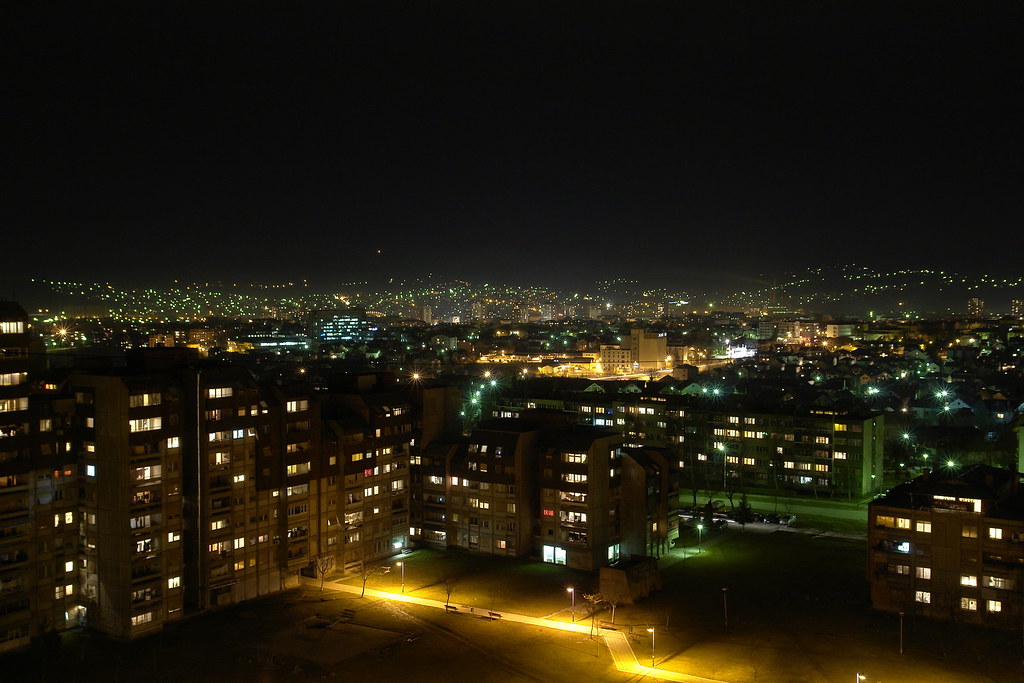Immortals (Naissus)

Roman-era tombstone within walls of Nish fortress.
some info from wikipedia about ancient Roman-era Nish (Naissus):
Naissus was first mentioned in Roman documents near the beginning of 2nd century CE, and was considered a place worthy of note in the Geography of Ptolemy of Alexandria. The Romans occupied the town in the period of the "Dardanian War" (75-73 BC), and the city developed as a strategic crossroads, garrison and market town in the province of Moesia Superior.
In AD 268, during the "Crisis of the third century" when the Empire almost collapsed, the greatest Gothic invasion seen to date came pouring into the Balkans. The Goths' seaborne allies, the Heruli, supplied a fleet, carrying vast armies down the coast of the Black Sea where they ravaged coastal territories in Thrace and Macedonia. Other huge forces crossed the Danube in Moesia. An invasion of Goths into the province of Pannonia was leading to disaster. The Emperor Gallienus halted the Goths' progress by defeating them in battle in April of 268, and then that September, he came upon the main Gothic force at Naissus and defeated them at the carnage called the Battle of Naissus, the bloodiest battle of the 3rd century, which left thirty to fifty thousand Goths dead on the field. The battle earned Gallienus' chief general Marcus Aurelius Claudius his surname "Gothicus", although the cavalry commander Aurelian was the real victor. The battle of Naissus ensured another two centuries for the Empire in the West.
Four years later in 272, the son of military commander Constantius Chlorus and an innkeeper's daughter called Flavia Iulia Helena was born in Naissus and destined to rule as Emperor Constantine the Great. The remains of the 4th century Imperial villa at Mediana are an important archaeological site located close to Niš. Mosaic floors and other traces of luxury are preserved in the archaeological museum on the site. Other aristocratic suburban villas are clustered nearby. The 4th century Christian basilica in Niš is one of the oldest Christian monuments.
Though the emperor Julian strengthened the walls, the very prosperity of Naissus made it a target and it was destroyed by Attila in 443. Attila the Hun conquers Naissus with battering rams and rolling towers—military sophistication that was new in the Hun repertory. After the Huns captured the city of Naissus they massacred the inhabitants of the city. Years later river banks outside the city were still covered with human bones as a reminder of the devastation the Huns had inflicted. Afterwards Justinian I did his best to restore it, but Naissa never recovered its 4th century urbanity.






















